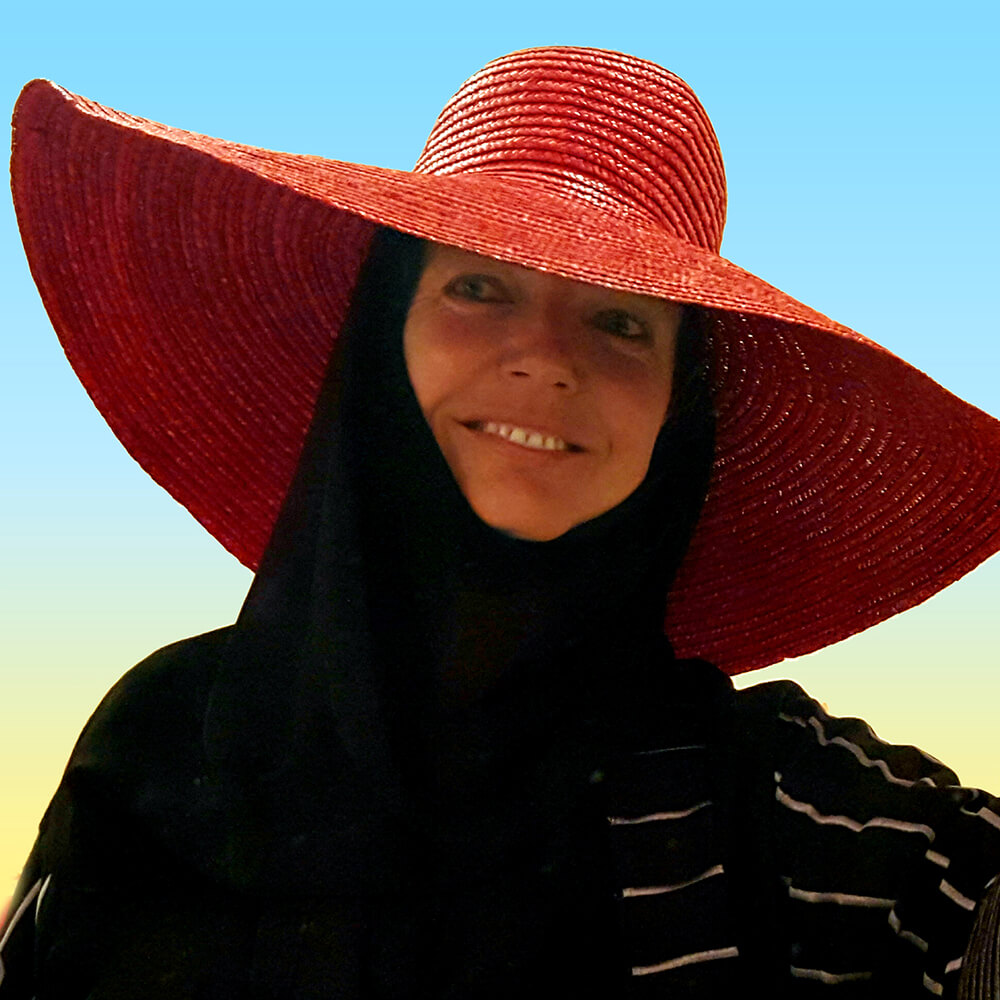Aljohara Jeje can be described as a distinguished and versatile artist with a rich background in product design, art photography, and medieval artistry techniques. She demonstrates a dedication to lifelong learning through her diverse educational pursuits, including courses in Art History, Comparative Religions, and Ethics. Aljohara's passion for the arts is evident in her continuous exploration and mastery of various artistic disciplines.
Aljohara’s practice delves into the exploration of societal and cultural dynamics, drawing inspiration from historical contexts and contemporary shifts. Her work is deeply rooted in storytelling, using visual narratives to convey intricate layers of meaning, engaging deeply with history, culture, and contemporary challenges, inviting viewers to reflect on the complexities of the human experience.
Her artistic voice is unique, stemming from her keen observations of her surroundings. She has the ability to translate these observations into art, making her a versatile artist. With sensitivity and a critical eye, her art practice is a multidimensional exploration of societal issues, using a variety of visual techniques and mediums to convey her messages.
Aljohara’s name and award-winning works are increasingly well-known and commissioned in and outside the region due to her wide range of expertly crafted fine art. Notable accolades such as recognition from the Saudi Arabian Ministry of Culture, her 'Allard Photography Prize for International Integrity' and shortlisting by prestigious institutions like The Bill & Melinda Gates Foundation, are fine examples.
Beyond her artistic achievements, Aljohara is actively engaged in enriching cultural discourse, through workshops, talks, publications, and participating in international forums, demonstrating her steadfast dedication to fostering communication through the arts.
AAP Magazine
AAP Magazine 38 Women
